Hai Ha has the largest tea growing area in the province with 850 hectares. Tea growing and processing is also a traditional occupation, bringing a stable life to thousands of households here. To improve the productivity and quality of tea products, the district has introduced many new varieties and applied science and technology into production.

Quang Thinh is one of the communes with a large tea growing area in Hai Ha district with 251 households participating on a total area of 92.8 hectares. In recent years, with the attention and support of the district, the commune has actively encouraged people to convert and introduce new tea varieties such as Ngoc Thuy, Phuc Van Tien, Huong Bac Son into production to replace small-leaf midland tea varieties to improve economic efficiency. Up to now, the whole commune has planted 81.3 hectares of new tea varieties, accounting for more than 87.6% of the commune's tea area, with an average yield of 21.6 tons/ha/crop. With a stable output, a selling price of 6,500 VND/kg of fresh tea buds, the total income from tea reaches more than 13 billion VND/year.
Identifying tea as a key crop and a key crop of the locality, since 2018 the commune has mobilized people to produce tea according to VietGAP process to improve product quality and value. Up to now, the whole commune has planted 13 hectares of VietGAP tea with 46 participating households.
In addition to changing the planting method, recently, in the commune, Mr. Bui Van Cu's family (village 6) has applied water-saving irrigation technology in intensive tea cultivation according to VietGAP standards. With a total area of 6,000m2 tea, including 4,000m2 Ngoc Thuy tea and 2,000m2 small leaf midland tea, previously, his family used manual pumps, by pumping over the entire area. With this conventional method, the family had to spend about 2 days, pumping 12 hours each day for the water to flow and soak on the tea beds, which was both time-consuming and costly, and in the dry season, the amount of irrigation water was not enough.
Since installing the semi-automatic pumping system, the family only needs to turn on the pump for about 2 hours to have the entire tea area watered, saving more than 50% of water. When the tea plants have enough water, they will grow and develop better, helping to increase productivity. Previously, each year they only harvested 6 crops, now they have increased from 1 to 2 more crops.

From now until 2030, Quang Thinh will develop the tea area to 110 hectares, continue to convert and replace the remaining 11.5 hectares of small-leaf midland tea with hybrid tea and new tea varieties; strive to have 50% of households participating in growing VietGAP tea by 2030; upgrade the OCOP tea product brand to 4-star level; total income from tea will reach 16 billion VND/year.
With advantages in land, soil, water resources, and climate, in recent years, the tea growing and processing industry in Hai Ha has gradually developed, creating its own brand. Up to now, the whole district has nearly 2,000 tea growing households with a total area of over 850 hectares, of which the area of new tea varieties accounts for more than 74%. New tea varieties when put into production all grow well and have high productivity, averaging 8.5 tons of fresh tea buds/ha/year, with a total output of 7,225 tons/year. In the first 8 months of 2024, the district's fresh tea output reached more than 5,000 tons, worth 100 billion VND.
The entire district currently has 45 hectares of tea grown according to VietGAP standards, of which 35 hectares have been certified and 10 hectares are being implemented. The district has 37 tea production and processing establishments, including a number of large establishments such as Dung Nga tea processing establishment, Dao Thi Binh tea processing establishment... these establishments have participated in the OCOP cycle and have been rated with stars.
In particular, the district's Duong Hoa tea product has a collective trademark and geographical indication, ranked as a 4-star OCOP product of Quang Ninh province with complete packaging, labels, and barcodes for traceability.
In the coming time , Hai Ha will continue Continue to maintain the area of tea plantations; focus on replacing old, low-yield and low-quality tea varieties with high-quality tea varieties; make maximum use of mechanisms and policies to Support production and business establishments to invest in improving quality and diversifying products from tea aimed at targeting many audiences and expanding the market towards export high quality summer thereby enhancing the value and quality of the tree summer and gradually improve the lives of growers tea .
Source


![[Photo] Draft documents of the 14th Party Congress reach people at the Commune Cultural Post Offices](https://vphoto.vietnam.vn/thumb/1200x675/vietnam/resource/IMAGE/2025/10/28/1761642182616_du-thao-tai-tinh-hung-yen-4070-5235-jpg.webp)
![[Photo] Flooding on the right side of the gate, entrance to Hue Citadel](https://vphoto.vietnam.vn/thumb/1200x675/vietnam/resource/IMAGE/2025/10/28/1761660788143_ndo_br_gen-h-z7165069467254-74c71c36d0cb396744b678cec80552f0-2-jpg.webp)


![[Photo] National Assembly Chairman Tran Thanh Man received a delegation of the Social Democratic Party of Germany](https://vphoto.vietnam.vn/thumb/1200x675/vietnam/resource/IMAGE/2025/10/28/1761652150406_ndo_br_cover-3345-jpg.webp)









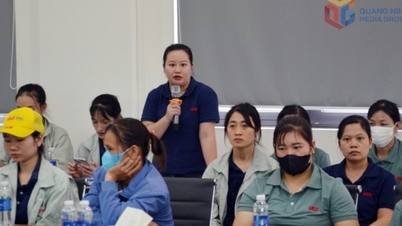


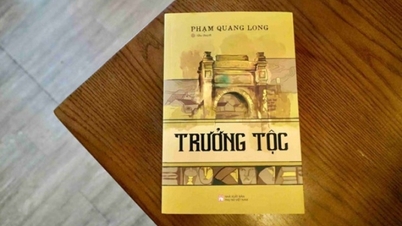











![[Photo] President Luong Cuong attends the 80th Anniversary of the Traditional Day of the Armed Forces of Military Region 3](https://vphoto.vietnam.vn/thumb/1200x675/vietnam/resource/IMAGE/2025/10/28/1761635584312_ndo_br_1-jpg.webp)

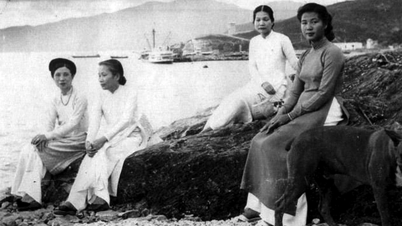

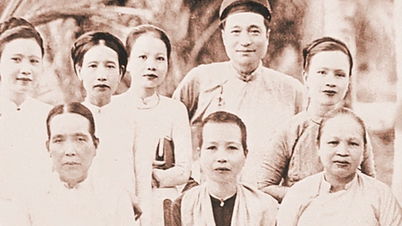













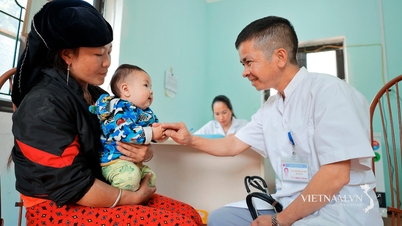













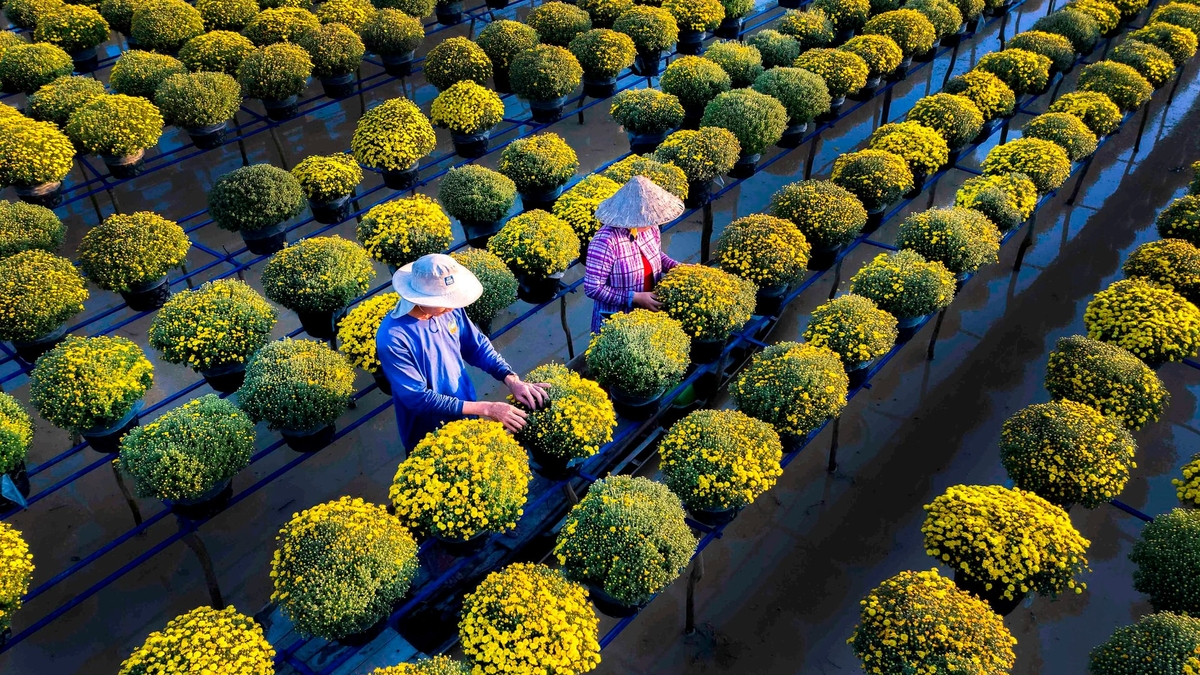


























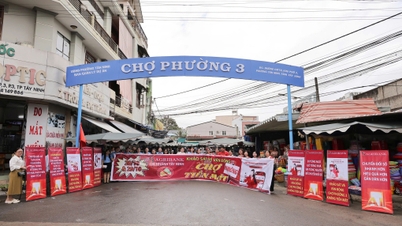


















Comment (0)